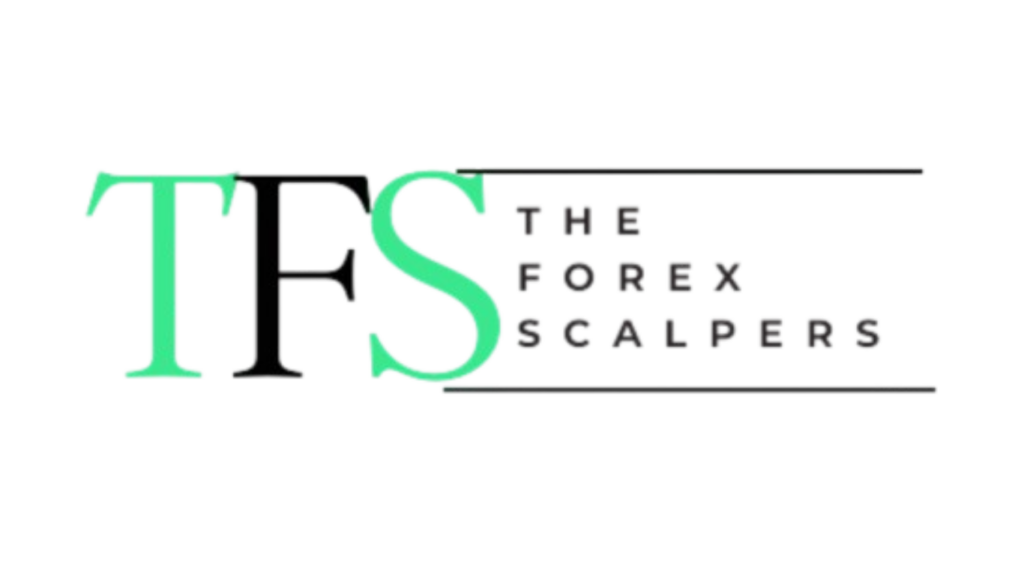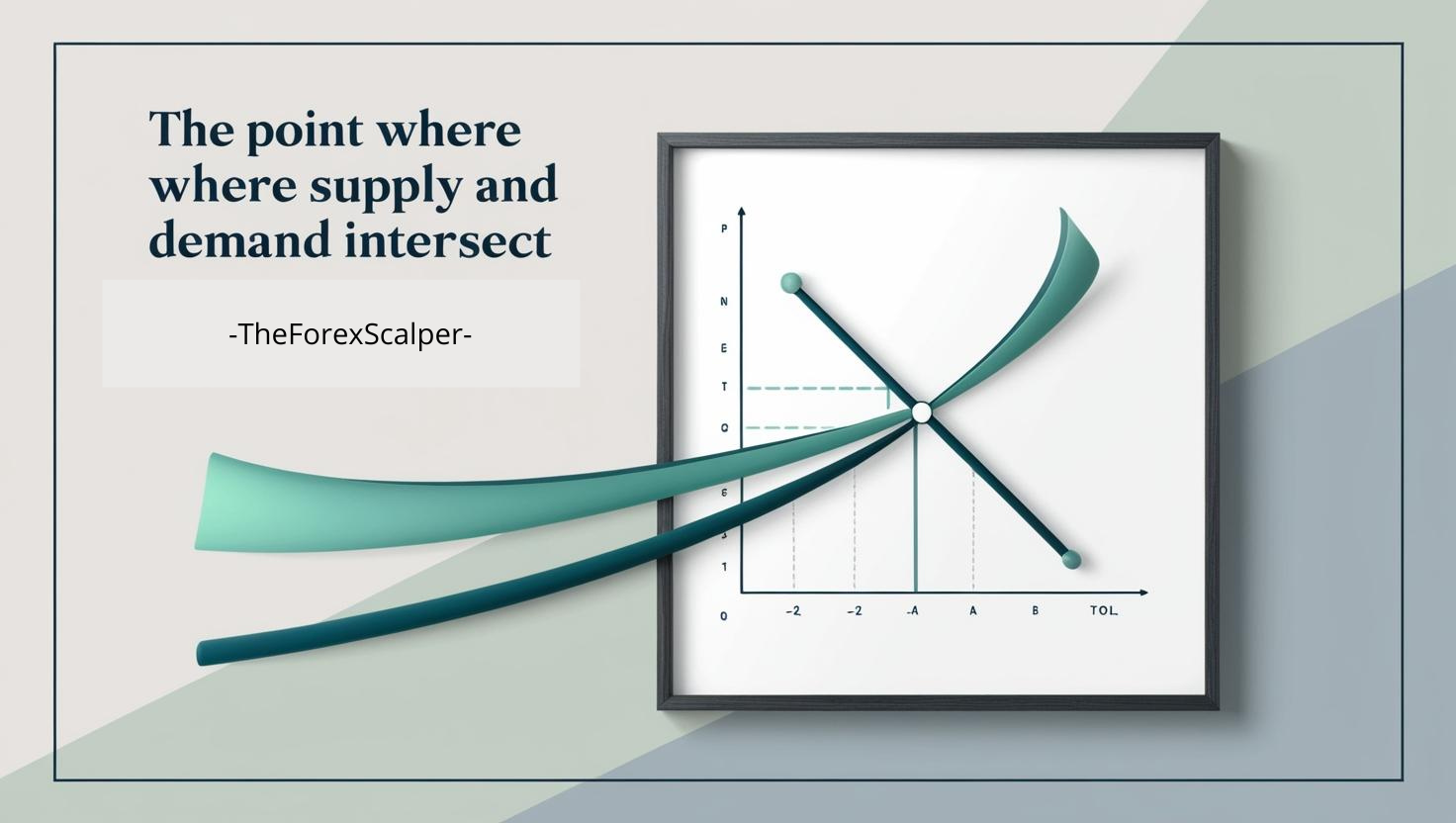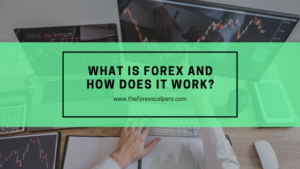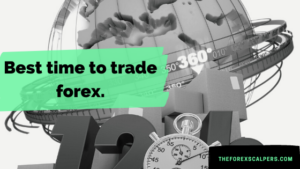What Is the Point at Which Supply and Demand Intersect?
One of the fundamental principles of economics is the relationship between supply and demand. This relationship determines the price of goods and services in a free market. However, you might wonder, what is the point at which supply and demand intersect?
The point where supply and demand intersect is called the equilibrium point. At this point, the quantity of goods that producers are willing to supply matches exactly with the quantity that consumers are willing to buy. As a result, at the equilibrium point, quantity demanded equals quantity supplied, creating a stable market condition.
In this blog, we will break down:
What the equilibrium point is and why it matters
How supply and demand curves interact in a free market
What happens when markets move away from equilibrium
By the end, you’ll have a clear understanding of the point where the demand and supply curves intersect and why it is crucial for businesses, consumers, and the economy as a whole.
What Is the Equilibrium Point? What Is the Point at Which Supply and Demand Intersect?
The equilibrium point is the price level where the quantity of goods supplied by producers exactly matches the quantity demanded by consumers.
Key Characteristics of the Equilibrium Point:
Quantity Supplied = Quantity Demanded – No shortage or surplus exists at this price.
Price Stability – The market price stays balanced unless external factors cause a shift.
Efficient Resource Allocation – Goods are distributed optimally, ensuring no excess or deficiency.
At this point, both buyers and sellers are satisfied because:
- Consumers get the product at a fair price.
- Producers sell their goods without leftover inventory or excessive demand.
This balance is essential because when supply exceeds demand, it leads to surpluses, and when demand exceeds supply, it results in shortages.
At the Point Where the Demand and Supply Curves Intersect What Is the Point at Which Supply and Demand Intersect?
To visualize the equilibrium point, economists use supply and demand curves on a graph.
📈 Demand Curve: Shows how much consumers are willing to buy at different price levels. Typically, as price decreases, demand increases.
📉 Supply Curve: Represents how much producers are willing to sell at various price points. Generally, as price rises, suppliers are willing to produce more.
How the Demand and Supply Curves Interact:
- The demand curve slopes downward because as prices drop, consumers buy more.
- The supply curve slopes upward because higher prices encourage more production.
- The equilibrium point is found where these two curves intersect on a graph.
At this intersection, the market achieves balance. The price at this point is called the equilibrium price, and the quantity exchanged is the equilibrium quantity.
Why the Equilibrium Point Is Important What Is the Point at Which Supply and Demand Intersect?
Now that we understand what is the point at which supply and demand intersect, let’s explore why it matters in real-world markets.
1. It Prevents Shortages and Surpluses
Markets naturally adjust toward equilibrium. If prices are too high, demand drops, leading to a surplus. If prices are too low, demand rises, causing a shortage. The equilibrium price helps balance this.
2. It Helps Businesses Set Optimal Prices
For businesses, knowing the equilibrium price helps them avoid pricing too high (losing customers) or too low (reducing profits).
3. It Keeps Markets Efficient
When the market reaches equilibrium, goods and services are allocated efficiently, meaning there is no excess supply or unmet demand.
However, markets do not always stay at equilibrium due to external influences.
What Happens When Markets Move Away from Equilibrium?
In real-world scenarios, external factors often shift supply and demand, causing markets to move away from the equilibrium point.
1. Market Surplus (Excess Supply)
Occurs when the price is above the equilibrium point, meaning supply is greater than demand.
📉 Example: If a company overproduces a product and the price is too high, consumers will buy less, leaving extra stock.
How the Market Adjusts:
- Businesses may lower prices to encourage more demand.
- Lower prices will eventually bring the market back to equilibrium.
2. Market Shortage (Excess Demand)
Happens when the price is below the equilibrium point, meaning demand is greater than supply.
📈 Example: If a popular new smartphone is priced too low, many customers want it, but there isn’t enough supply to meet demand.
How the Market Adjusts:
- Prices naturally increase as customers compete for limited stock.
- Higher prices encourage producers to make more, bringing supply back in line with demand.
This process explains why prices fluctuate based on consumer behavior, production costs, and economic conditions.
Factors That Shift the Equilibrium Point
Although markets tend to adjust toward equilibrium, certain factors can shift the supply and demand curves, creating a new equilibrium point.
📊 Factors That Shift the Demand Curve:
Changes in Consumer Preferences – A trend or innovation can increase demand.
Income Changes – Higher income levels generally increase demand for goods.
Price of Related Goods – If substitute goods become cheaper, demand may decrease.
Seasonal Changes – Demand for products like winter clothing rises in cold months.
📉 Factors That Shift the Supply Curve:
Production Costs – If raw materials become more expensive, supply decreases.
Technological Advances – Improvements in production can increase supply.
Government Policies – Taxes or subsidies can impact supply levels.
Natural Disasters or Supply Chain Issues – Events like droughts or factory shutdowns reduce supply.
When these shifts occur, a new equilibrium point is established, leading to a different market price and quantity.
Real-World Examples of Equilibrium in Action / What Is the Point at Which Supply and Demand Intersect?
1. Gasoline Prices
- When oil prices rise, the supply curve shifts left, leading to higher gas prices.
- As prices increase, consumers reduce usage, balancing the market.
2. Housing Market
- If demand for homes rises (due to low interest rates), prices increase.
- More builders enter the market, increasing supply and eventually stabilizing prices.
3. Grocery Items
- If a poor harvest reduces wheat supply, bread prices increase.
- Higher prices encourage alternative products, shifting demand.
Understanding these concepts helps both consumers and businesses make informed financial decisions.
Final Thoughts: The Importance of the Equilibrium Point / What Is the Point at Which Supply and Demand Intersect?
So, what is the point at which supply and demand intersect? It is the equilibrium point, where quantity demanded equals quantity supplied, leading to market stability.
Key Takeaways:
At the equilibrium point, quantity demanded equals quantity supplied, ensuring no shortage or surplus.
The point where the demand and supply curves intersect determines the market price.
Markets naturally adjust when demand or supply shifts, creating a new equilibrium point.
Businesses and consumers benefit from understanding market equilibrium, as it helps set fair prices and predict economic trends.
📢 Want to learn more about market dynamics and trading strategies?
🔥 Join the Supply & Demand Masterclass: 👉 Enroll Now
🔥 Master Order Flow Trading: 👉 Join Now
🔹 Best Broker for Trading: 👉 Sign Up with IC Markets
🚀 Trade smarter, understand markets better!









